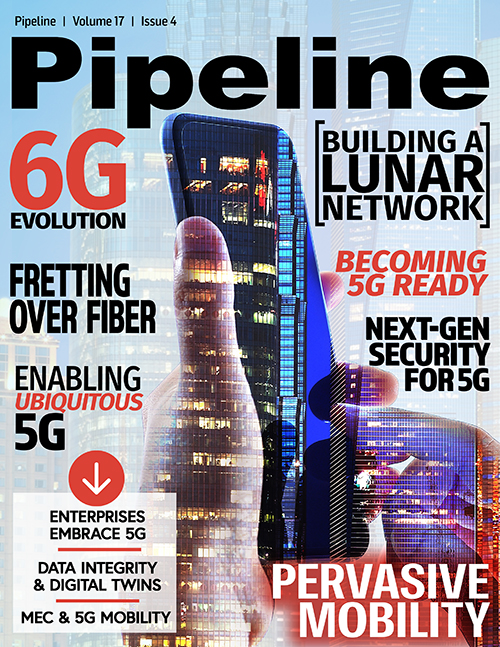Powering Pervasive Mobility with MEC
Lastly, 5G SNPN (w/Private 5G Core) (Standalone NPN) is deployed as an on-premises 5G SA private network that includes on-premises RAN and on-premises 5G Core exclusively reserved for private enterprise use. No network functions are shared with the 5G PLMN.
Dell’Oro Group has identified seven important network characteristics:
Time-to-market
Each network architectural option has a different time-to-market. Regardless of the option, a 5G SP needs to be able to implement the option faster than its competition.
Coverage
Some enterprises need outdoor and/or indoor coverage. For those needing indoor coverage, the closest outdoor RAN site may provide enough indoor signal strength. If not, indoor coverage with an on-premises RAN site will be required.
Spectrum
RAN spectrum can be part of the PLMN supplied by the 5G SP, an enterprise’s private spectrum, or unlicensed spectrum.
Latency
Latency is dependent on how close the UPF is to the edge of the network. A 5G SP can meet the latency requirements of most enterprises when the MEC nodes are located deep in the edge of the network. The deepest edge site with the lowest possible latency is at the RAN location, whether for outdoor or indoor coverage.
Network Access
For PNI-NPN, a private network slice creates a virtual private network that restricts access to the enterprise’s subscribers to their services (Public MEC) or only within the enterprise (Private MEC). For SNPN (w/private 5G core), network access is private and only available within the enterprise.
Data sovereignty
On-premises MEC and 5G core allow enterprises to retain data on campus for security reasons, isolating the data from the Internet and the PLMN.
SP network control
Each architectural option has different degrees of control, from the 5G SP with total network control to a fully autonomous private network under enterprise control.
One network characteristic not listed above is reliability, which applies equally to all three network options. To meet the 3GPP specifications for Ultra-Reliable Low Latency Communications (URLLC), geo-redundancy is required, so there cannot be a single point of failure anywhere in the network, including the RAN, MEC, 5G core, or transport. The three network options are described below.
PNI-NPN (w/Public MEC)
The 5G PNI-NPN (w/Public MEC) is offered as a network slice of a PLMN, sharing PLMN network resources. PNI-NPN (w/Public MEC) is most viable for enterprises that need wide-area outdoor coverage, like smart health, or V2X application (Figure 2). The higher the density of its RAN and MEC sites, the more enterprises a 5G SP can potentially serve.



















